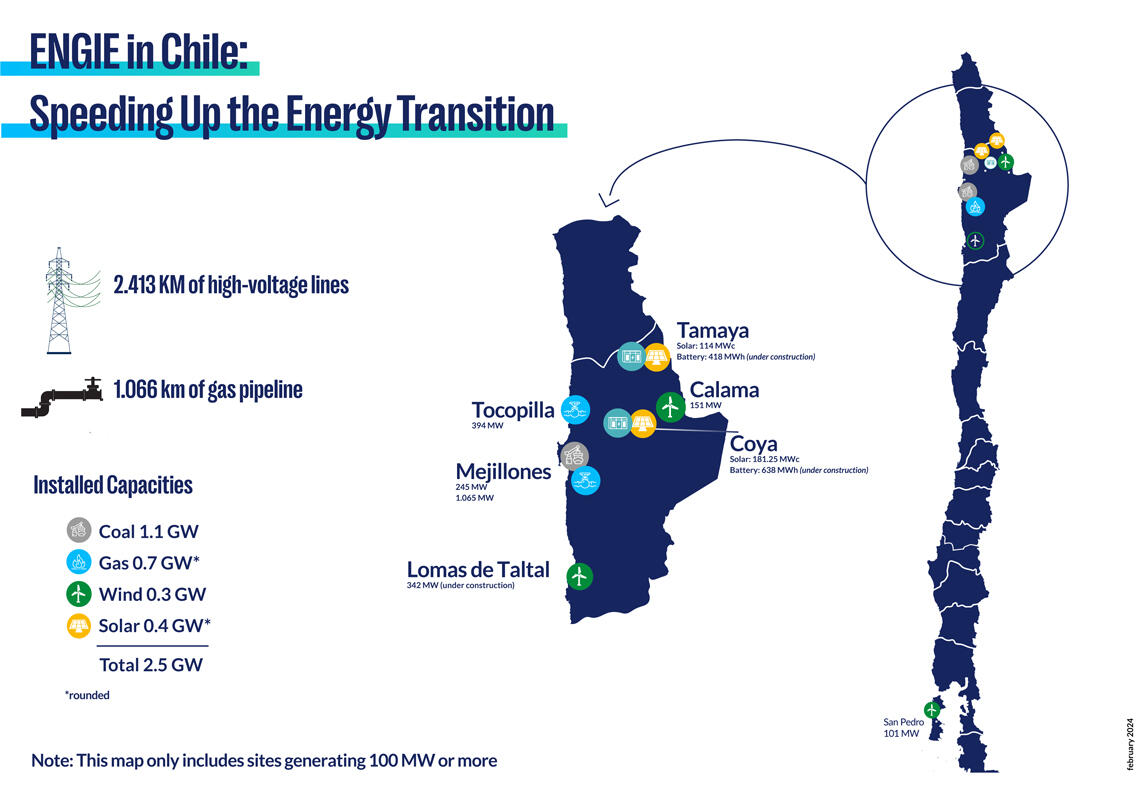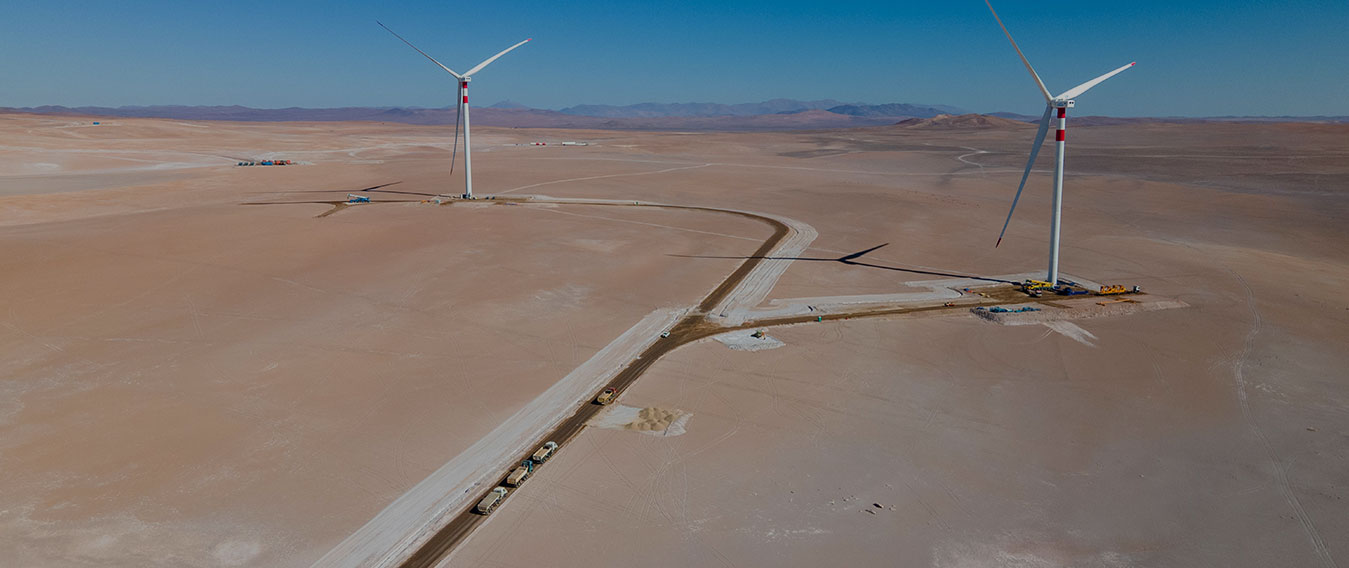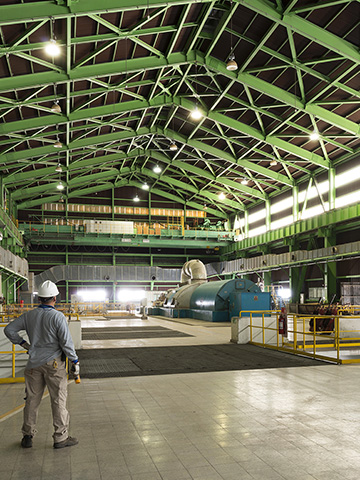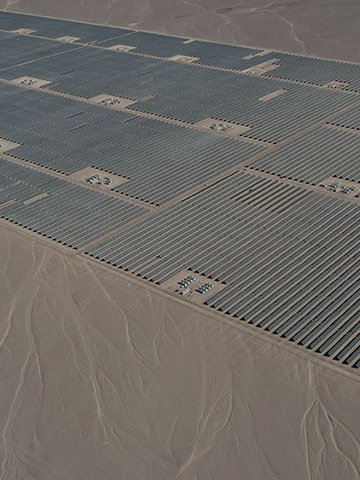As the fourth largest energy producer in Chile, ENGIE is aligning its efforts with the government's vision of achieving carbon neutrality by 2050. While solar and wind made up only 12% of the national electricity production in 2018, they now account for over 31%. When you add hydroelectric power into the mix, an impressive 65% of Chile's electricity is renewable.
The South American country enjoys some of the world's highest solar and wind exposure rates. However, its decarbonization ambitions face challenges due to limitations in its electrical grid...
Enter batteries: the key to stabilizing the electrical grid
In 2023, 10% of renewable energy production of Chile was lost, and there's a possibility “that figure could rise to 15% this year,” notes Rosaline Corinthien. Every day, between 10am and 3pm, there's an excess of supply over demand, causing the grid to become saturated. Despite ENGIE operating 2,400 km of high-voltage lines as the country's third largest energy transport company, Chile's infrastructure is still insufficient to transmit decarbonized electricity efficiently from the Atlantic coast and the Atacama Desert to major cities in central and southern regions. To address this issue, the national grid operator is currently constructing a second power line from north to south, slated to be operational by 2031.
In the meantime, ENGIE is leveraging flexibility. By integrating batteries with its solar parks, the Group can store surplus production during the day and release it at night. This approach have been implemented in several parks.
Batteries are becoming increasingly indispensable, especially as ENGIE plans to shut down its remaining coal-fired power plants in Mejillones by 2025. These plants currently contribute 1 gigawatts of ENGIE's 2.5 GW production capacity in Chile. One of these plants is going to be converted to gas, offering a swift energy solution to stabilize the grid.
By the end of 2022, ENGIE had already closed the two remaining coal units in Tocopilla, located 130 km north of Mejillones, following a well-thought-out transition plan.
1 Article from Le Point: "Engie's investments in Chile - €1.8 billion between 2023 and 2026, i.e. 15% of the group's total investment in renewable energies - are earmarked for the construction of wind and solar farms," explains Rosaline Corinthien, Managing Director of Engie Chile.




